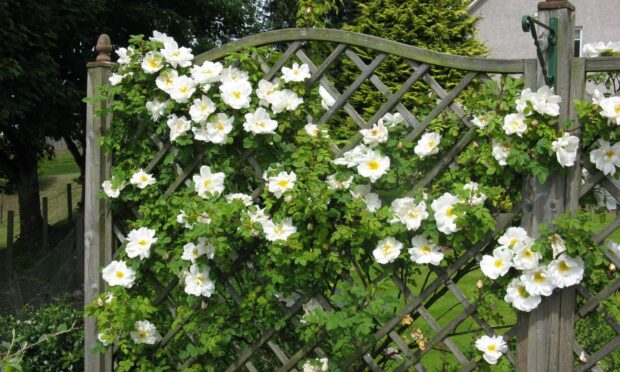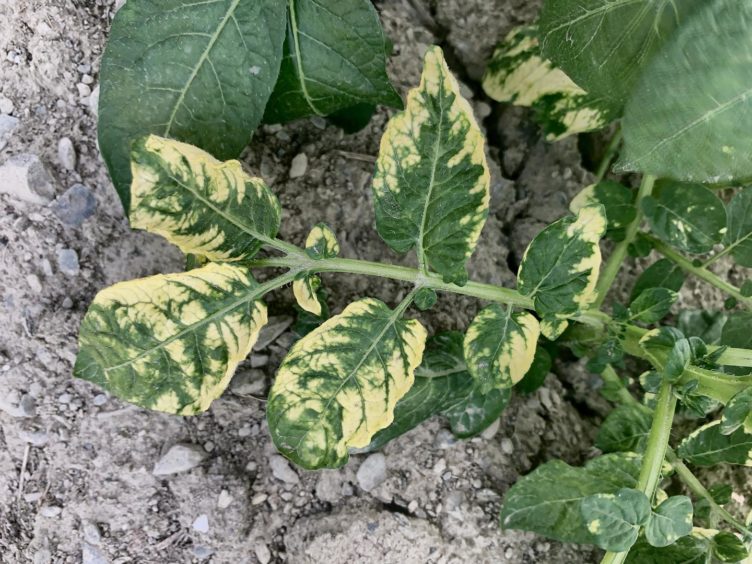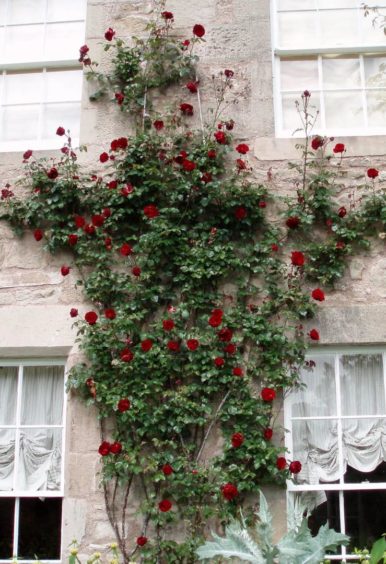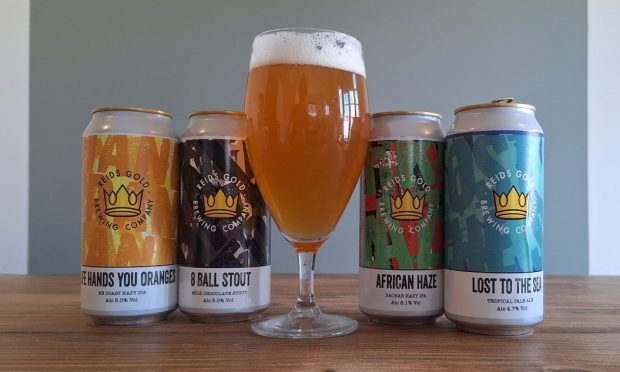I guess most of us have heard quite enough about viruses these days.
Over the years we have become used to phrases like “Uncle John isn’t very well at the moment, the Doc says he is suffering from a viral infection.” We would nod our head knowing that the patient would probably be told that it will get better with a little help from painkillers and sleeping pills.
In more recent times we have moved on with the knowledge that flu is a virus and we can guard against it by having our annual flu jab. The key point being – we don’t cure it, we guard against it!
Gardeners know what havoc a virus can cause to plants and what can or cannot be done about it – in serious cases, just dig them up and burn the carcass! I wouldn’t suggest for a minute that we have a superior knowledge about virus, but gardeners have been dealing with the problem for a while, quite aware that there are a number of them which can affect our plants. We never see the culprit because they are microscopic organisms but, by jingo, we do recognise the damage to our plants.
Plant viruses
Viruses are generally transmitted from plant to plant by insects, such as greenfly. The aphids feed by sucking sap from the green parts of a plant and that’s how the microscopic virus particles are spread. In private gardens it is generally only one plant of kind that is affected. Once the disease is introduced the danger is that it will spread to other plants of the same kind.
We have all become used to hearing references to Covid-19 being a virus affecting humans, and gardeners are familiar with the word because, as I say, there are many which affect plants. The reason for mentioning this at the present time relates to the fact that greenfly and other insects are busy on our plants right now.
I refer, for example, to potatoes. The first early potatoes are now being harvested and some of you will perhaps like to save a few tubers for next time. There is nothing wrong with that, but be sure that the plants are clean and healthy, showing no sign of green fly, or more importantly virus, on the foliage. At the outset, they should be clean if you planted certified stock tubers, but they could become infected in the early part of the growing season.
Commercially, potato growers will be walking the crops destined to be sold as “seed”, removing plants showing unusual growth patterns – mosaic, mottling patterns on the leaves or leaf edges rolling inwards – all signs of virus infestation. Around this time, these crops will be inspected by Government-appointed inspectors doing the very same thing – walking the crop looking for undetected virused plants. That is why the “roguers” walk the crops first, pulling out infected plants and immediately transferring them to a sack to be destroyed later.
Telltale signs
The mosaic is not easy to see in bright light but on a slightly cloudy day you can readily spot the pattern. The virus would be spread initially by planting infected tubers and then in the growing phase the infection is spread by aphids (greenfly). All of that has relevance to home gardeners. It means we should be able to start with clean seed, bought for the purpose and NOT by planting tubers bought in the supermarket for cooking. They may be virus infected for there is no inspection process involved in growing potato crops for human consumption.
That argument also relates to saving your own seed. You might like to try this next year. So long as your present crop is clean and healthy. Next season, buy in some fresh certified new seed of the same variety. Plant them side-by-side and see what happens. It is said that “once grown”, in other words the seed you have saved, will crop earlier than the new stock, presumably because of a year’s acclimatisation. I’ve never tried it myself, but a colleague in the south swears by the procedure.
Strawberry infection
Another popular crop which is prone to virus infection is the strawberry. Fortunately the viruses are so well named, I don’t have to struggle to describe them. Yellow Edge, Mottle or Crinkle.
All these diseases can be transmitted by aphids, and I mention this crop now because soon, as well as cropping, the plants may be starting to produce new runners which can be rooted to provide a new young planting for next year. Don’t propagate from diseased stock and make sure your plants are aphid-free.
I don’t want to depress you but there are several more members of the insect-carrying virus brigade. How about Green Petal virus, spread by the Leafhopper (Cuckoo Spit). To sum up, you have to be vigilant at this time in the growing season, not just in the fruit and vegetable garden.
Some of our plants in the flower garden are prone to virus infection so keep your eyes peeled. Roses would be a good example. In general, distortion of the leaves can sometimes be caused by sucking insects OR virus. Be on the lookout for mosaic or mottling patterns on leaves, streaky stems, unusual colour breaks in flowers.
There may be no need for immediate action other than to prune out the infected areas which tend to attract attention for the wrong reasons. You may have to consider removal of the plant in question come the end of the growing season.













